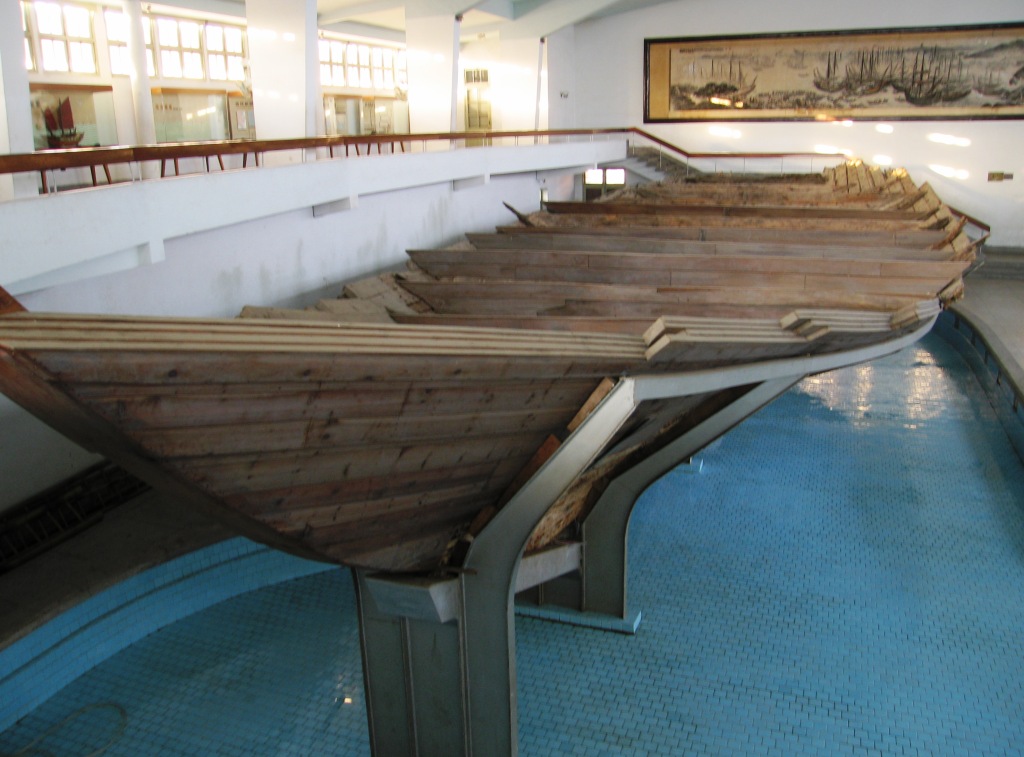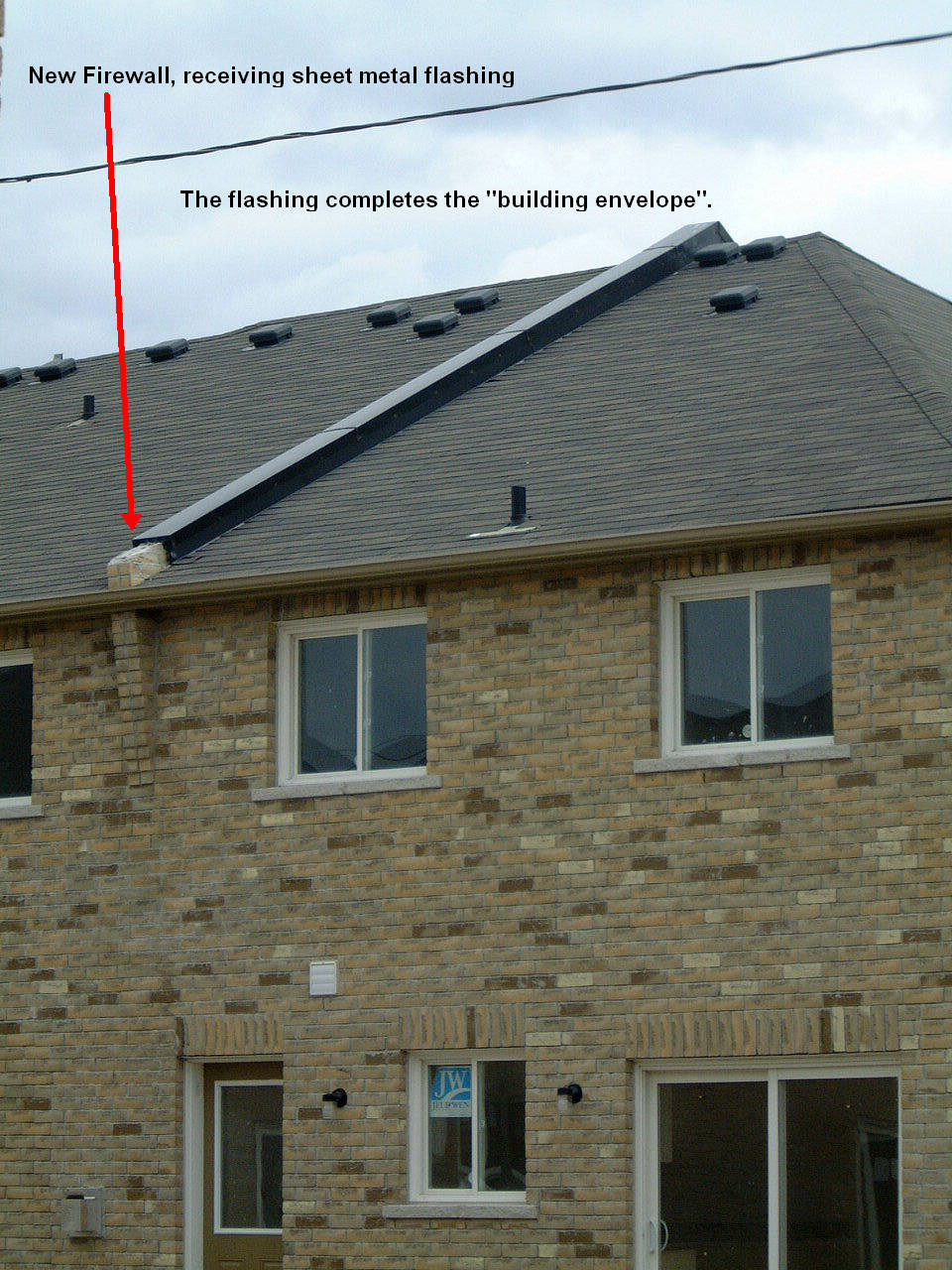|
Bulkhead (partition)
A bulkhead is an upright wall within the hull (watercraft), hull of a ship, within the fuselage of an airplane, or a car. Other kinds of partition elements within a ship are deck (ship), decks and deckheads. Etymology The word ''bulki'' meant "cargo" in Old Norse. During the 15th century sailors and builders in Europe realized that walls within a vessel would prevent cargo from shifting during passage. In shipbuilding, any vertical panel was called a head. So walls installed abeam (side-to-side) in a vessel's hull were called "bulkheads". Now, the term bulkhead applies to every vertical panel aboard a ship, except for the hull itself. History Bulkheads were known to the ancient Greeks, who employed bulkheads in triremes to support the back of rams. By the Athenian trireme era (500 BC), the hull was strengthened by enclosing the bow behind the ram, forming a bulkhead compartment. Instead of using bulkheads to protect ships against rams, Greeks preferred to reinforce the hull ... [...More Info...] [...Related Items...] OR: [Wikipedia] [Google] [Baidu] |
Compartments And Watertight Subdivision Of A Ship's Hull (Seaman's Pocket-Book, 1943) (cropped)
Compartment may refer to: Biology * Compartment (anatomy), a space of connective tissue between muscles * Compartment (chemistry), in which different parts of the same protein molecule serve different functions * Compartment (development), fields of cells of distinct cell lineage, cell affinity, and genetic identity * Compartment (pharmacokinetics), a defined and distinct volume of body fluids * Cellular compartment, a closed part within a cell, surrounded by a membrane Other uses * Compartment coach, a railway car divided into separate areas or compartments, with no means of moving between them * Compartment (ship), subdivision of the space within a ship * Compartment (heraldry), the part of a coat of arms design which appears immediately below the shield * Multi-compartment model, a type of mathematical model * "Compartments", a song and album by José Feliciano * Hidden compartment See also * * * Compartmentalization (other) * Apartment An apartmen ... [...More Info...] [...Related Items...] OR: [Wikipedia] [Google] [Baidu] |
National Informatics Center
The National Informatics Centre (NIC) is an Indian government department under the Ministry of Electronics and Information Technology (MeitY). It provides infrastructure, IT Consultancy, IT Services including but not limited to architecture, design, development and implementation of IT Systems to Central Government Departments and State Governments, helping in implementing the digitization initiatives of Digital India. The organisation also carries out research in the IT domain and recruits various scientists and Scientific/Technical Assistants. The organisation's primary function is to cater to ICT needs at all levels of governance and facilitate digital access to government services for citizens. History The National Informatics Centre (NIC) was established in 1976 by Narasimaiah Seshagiri under the Electronics Commission of India and later moved under the Planning Commission of India before coming under the Ministry of Electronics and Information Technology (MeitY - ). A ... [...More Info...] [...Related Items...] OR: [Wikipedia] [Google] [Baidu] |
Ground (electricity)
In electrical engineering, ground or earth may be a reference point in an electrical circuit from which voltages are measured, a common return path for electric current, or a direct physical connection to the Earth. Electrical circuits may be connected to ground for several reasons. Exposed conductive parts of electrical equipment are connected to ground to protect users from electrical shock hazards. If internal insulation fails, dangerous voltages may appear on the exposed conductive parts. Connecting exposed conductive parts to a "ground" wire which provides a low-impedance path for current to flow back to the incoming neutral (which is also connected to ground, close to the point of entry) will allow circuit breakers (or RCDs) to interrupt power supply in the event of a fault. In electric power distribution systems, a protective earth (PE) conductor is an essential part of the safety provided by the earthing system. Connection to ground also limits the build-up of static ... [...More Info...] [...Related Items...] OR: [Wikipedia] [Google] [Baidu] |
Construction
Construction are processes involved in delivering buildings, infrastructure, industrial facilities, and associated activities through to the end of their life. It typically starts with planning, financing, and design that continues until the asset is built and ready for use. Construction also covers repairs and maintenance work, any works to expand, extend and improve the asset, and its eventual demolition, dismantling or wikt:decommission, decommissioning. The construction industry contributes significantly to many countries' gross domestic products (Gross domestic product, GDP). Global expenditure on construction activities was about $4 trillion in 2012. In 2022, expenditure on the construction industry exceeded $11 trillion a year, equivalent to about 13 percent of global Gross domestic product, GDP. This spending was forecasted to rise to around $14.8 trillion in 2030. The construction industry promotes economic development and brings many non-monetary benefits to many cou ... [...More Info...] [...Related Items...] OR: [Wikipedia] [Google] [Baidu] |
Firestop
A firestop or fire-stopping is a form of passive fire protection that is used to seal around openings and between joints in a fire-resistance-rated wall or floor assembly. Firestops are designed to maintain the fire-resistance rating of a wall or floor assembly intended to impede the spread of fire and smoke. Description Firestops prevent unprotected horizontal and vertical penetrations in a fire-resistance-rated wall or floor assembly from creating a route by which fire and smoke can spread that would otherwise have been fire resisting construction, e.g. where a pipe passes through a firewall. Fire stopping is also to seal around gaps between fire resisting constructions, e.g. the linear gap between a wall and the floor above, in order for construction to form a complete barrier to fire and smoke spread. Opening types Firestops are used in: * Electrical, mechanical, and structural penetrations * Unpenetrated openings (such as openings for future use) * Re-entries of exi ... [...More Info...] [...Related Items...] OR: [Wikipedia] [Google] [Baidu] |
Marine Firestop
Marine is an adjective meaning of or pertaining to the sea or ocean. Marine or marines may refer to: Ocean * Maritime (other) * Marine art * Marine biology * Marine current power * Marine debris * Marine energy * Marine habitats * Marine life * Marine pollution Military * Marines, a naval-based infantry force ** United States Marine Corps ** Royal Marines of the UK ** Brazilian Marine Corps ** Spanish Marine Infantry ** Fusiliers marins (France) ** Indonesian Marine Corps ** Republic of China Marine Corps ** Republic of Korea Marine Corps ** Royal Thai Marine Corps *"Marine" also means "navy" in several languages: ** Austro-Hungarian Navy () ** Belgian Navy (, , ) ** Royal Canadian Navy () *** Provincial Marine (1796–1910), a predecessor to the Royal Canadian Navy ** Navy of the Democratic Republic of the Congo () ** Royal Danish Navy () ** Finnish Navy (, ) ** French Navy () ** Gabonese Navy () ** German Navy () ** Royal Moroccan Navy () ** Royal Netherlands Navy ... [...More Info...] [...Related Items...] OR: [Wikipedia] [Google] [Baidu] |
Business Class
Business class is a travel class available on many commercial airlines and rail lines, known by brand names that vary by airline or rail company. In the airline industry, it was originally intended as an intermediate level of service between economy class and first class, but many airlines now offer business class as the highest level of service, having eliminated first class seating. Business class is distinguished from other travel classes by the quality of seating, food, drinks, ground service and other amenities. In commercial aviation, full business class is usually denoted 'J' or 'C' with schedule flexibility, but can be many other letters depending on circumstances. Airlines History Airlines began separating full-fare and discounted economy-class passengers in the late 1970s. In 1976, KLM introduced a Full Fare Facilities (FFF) service for its full fare economy-class passengers, which allowed them to sit at the front of the economy cabin immediately behind first clas ... [...More Info...] [...Related Items...] OR: [Wikipedia] [Google] [Baidu] |
Firewall (construction)
A firewall is a fire-resistant barrier used to prevent the spread of fire. Firewalls are built between or through buildings, structures, or electrical substation transformers, or within an aircraft or vehicle. Applications Firewalls can be used to subdivide a building into separate fire areas and are constructed in accordance with the locally applicable building codes. Firewalls are a portion of a building's passive fire protection systems. Firewalls can be used to separate-high value transformers at an electrical substation in the event of a mineral oil tank rupture and ignition. The firewall serves as a fire containment wall between one oil-filled transformer and other neighboring transformers, building structures, and site equipment. Types There are three main classifications of ''fire rated walls'': fire walls, fire barriers, and fire partitions. *A ''firewall'' is an assembly of materials used to delay the spread of fire a wall assembly with a prescribed fire resistan ... [...More Info...] [...Related Items...] OR: [Wikipedia] [Google] [Baidu] |
Passive Fire Protection
Passive fire protection (PFP) is components or systems of a building or structure that slows or impedes the spread of the effects of fire or smoke without system activation, and usually without movement. Examples of passive systems include floor-ceilings and roofs, fire doors, windows, and wall assemblies, fire-resistant coatings, and other fire and smoke control assemblies. Passive fire protection systems can include active components such as fire dampers. Main characteristics Passive fire protection systems are intended to: * Contain a fire to the compartment of fire origin * Slow a fire from spreading from the compartment of fire origin * Slow the heating of structural members * Prevent the spread of fire through intentional openings (e.g., doors, Duct (flow), HVAC ducts) in fire rated assemblies by the use of a fire rated closure (e.g., fire door, fire damper) * Prevent the spread of fire through penetrations (e.g., holes in fire walls through which building systems such ... [...More Info...] [...Related Items...] OR: [Wikipedia] [Google] [Baidu] |
Compartmentalization (fire Protection)
In fire safety, compartmentation in structures, such as land-based buildings, traffic tunnels, ships, aerospace vehicles, or submarines, is an objective of passive fire protection, in which a structure is divided into fire compartments, which may contain single or multiple rooms, for the purpose of limiting the spread of fire, smoke and flue gases, in order to enable the three goals of fire protection Fire protection is the study and practice of mitigating the unwanted effects of potentially Conflagration, destructive fires. It involves the study of the behaviour, Compartmentalization (fire protection), compartmentalisation, suppression and inve ...: *life safety *property protection *continuity of operations See also * Bulkhead (partition) External linksWisegeek.com article on fire compartments [...More Info...] [...Related Items...] OR: [Wikipedia] [Google] [Baidu] |
Fire-resistance Rating
A fire-resistance rating typically means the duration for which a passive fire protection system can withstand a standard fire resistance test. This can be quantified simply as a measure of time, or it may entail other criteria, involving evidence of functionality or fitness for purpose. Common rating systems The following depict the most commonly used international time/temperature curves: File:Din iso astm ul curves.JPG, Time/temperature curves used for testing the fire-resistance rating of passive fire protection systems such as firestops, fire doors, wall and floor assemblies, etc., which are used in compartmentalisation in buildings and the petrochemical industry in Europe and North America. File:Tunnel hc iso curves.jpg, Time/temperature curves used for testing the fire-resistance rating of passive fire protection systems in tunnels in Germany, the Netherlands and France. File:Rws tunnel curve.jpg, Time/temperature curve used for testing the fire-resistance rating of p ... [...More Info...] [...Related Items...] OR: [Wikipedia] [Google] [Baidu] |





